American folklore is a rich tapestry woven with myths, legends, and stories that have been told and retold over centuries. Among the myriad creatures featured in these tales, bears have a particularly prominent place. These majestic animals not only fascinate us with their sheer power and mystery but also serve symbolic roles that reflect our own cultural values and beliefs. In this article, we will explore the captivating role of bears in American folklore, uncovering a range of facets from symbolic meanings to famous legends.
The Mythical Origins of Bear Tales in America

Bears have occupied an important place in American folklore long before the arrival of European settlers. Indigenous tribes across North America revered bears for their strength, resilience, and intelligence. Stories of great bear spirits and powerful ancestors are common, showcasing these animals as both fearsome and revered figures. In many Native American cultures, the bear is seen as a symbol of healing and introspection, often regarded as a brother or guardian.
Bears as Symbols of Strength and Courage
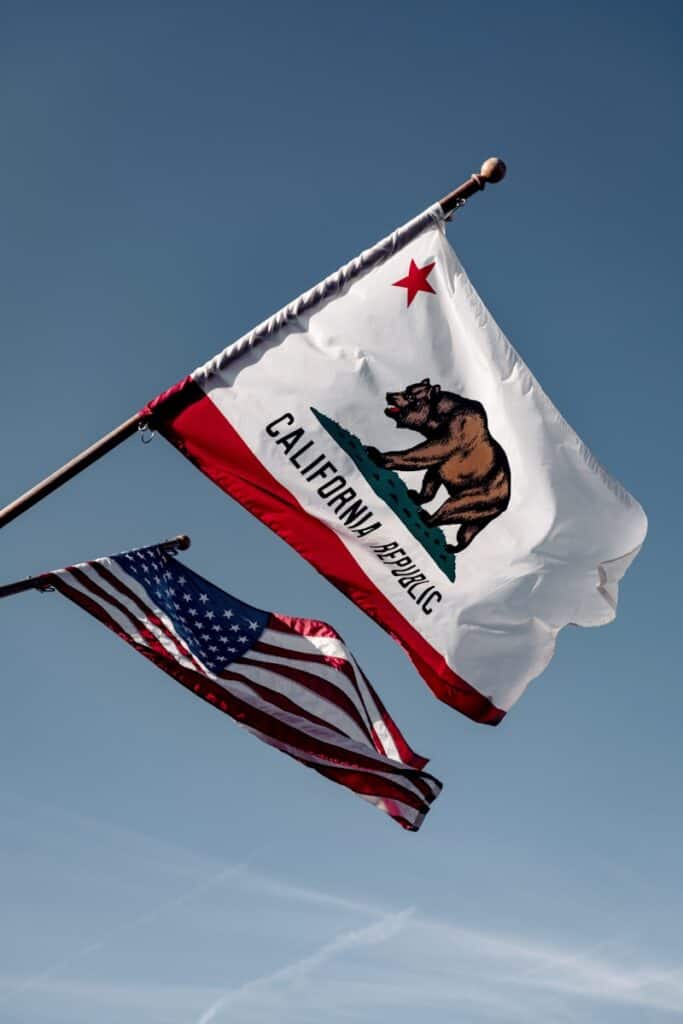
The bear’s formidable presence and their fierce self-defense have made them enduring symbols of strength and courage. Across various stories, bears are depicted as protectors of the natural world and as guides for those on quests of bravery and transformation. This symbolism resonated with the settlers and pioneers who followed, cementing the bear’s status as a metaphor for resilience and survival in a harsh, untamed wilderness.
The Shape-Shifting Bear: A Common Trope in Folklore
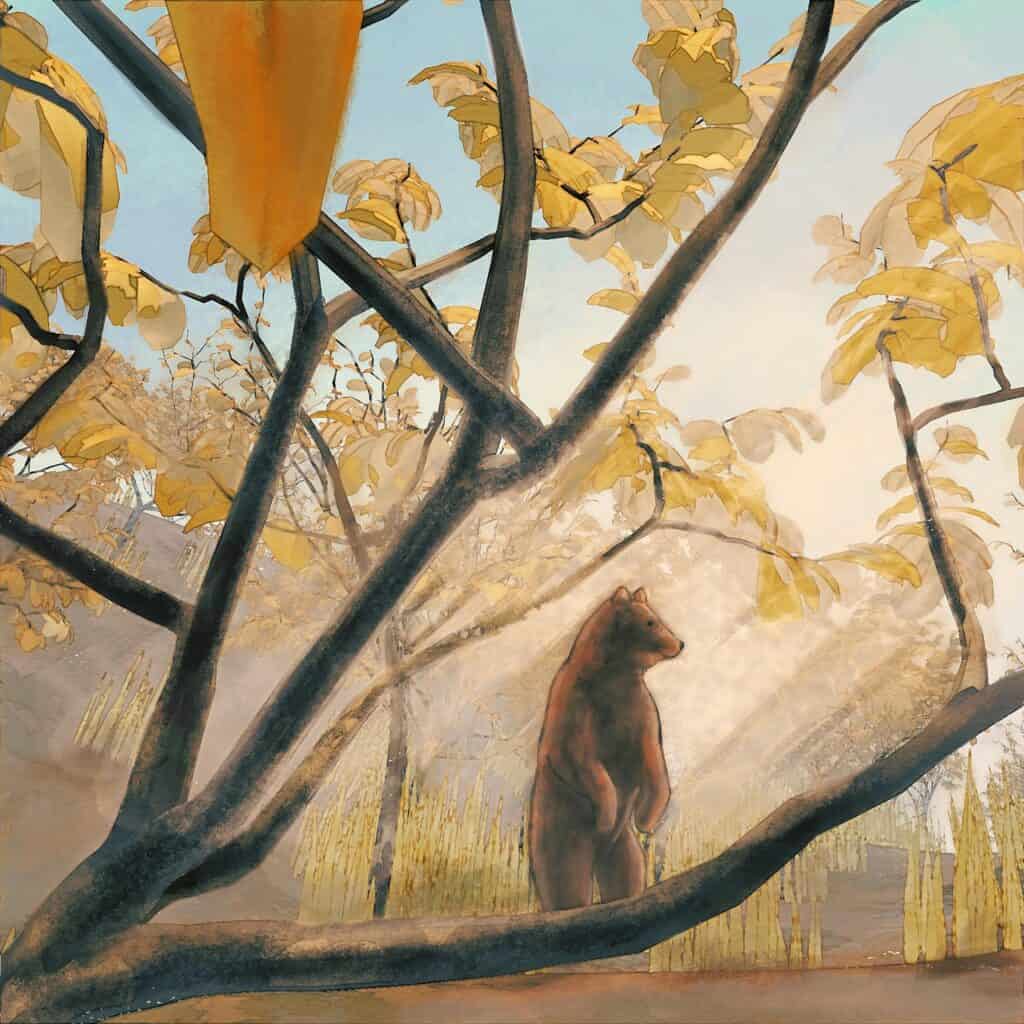
One recurring theme in bear-related folklore is the notion of shapeshifting. Many Native American myths feature bears transforming into humans or vice versa, embodying the mysterious power of metamorphosis. These stories often convey lessons about identity and self-discovery, suggesting that bears embody the potential to transcend boundaries in search of greater truths.
Famous Bear Legends in American Folklore
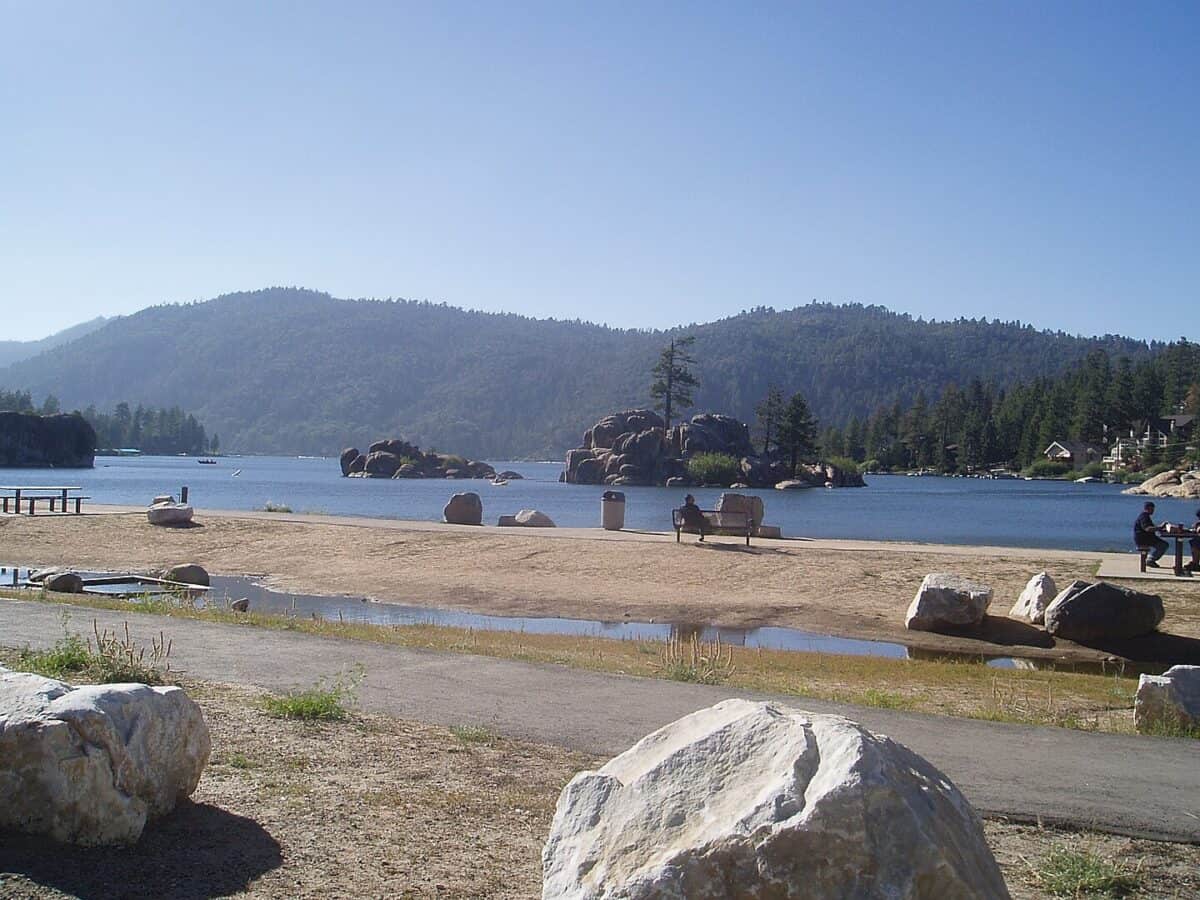
American lore is rich with famous bear stories, such as the legend of Big Bear Lake or the tale of Old Ephraim in Utah. These stories not only celebrate the remarkable size and strength of specific bears but also often convey deeper moral teachings. Legends like these have inspired generations of storytellers, perpetuating the mystique of bears in American culture.
The Bear as an Icon of the American Wilderness
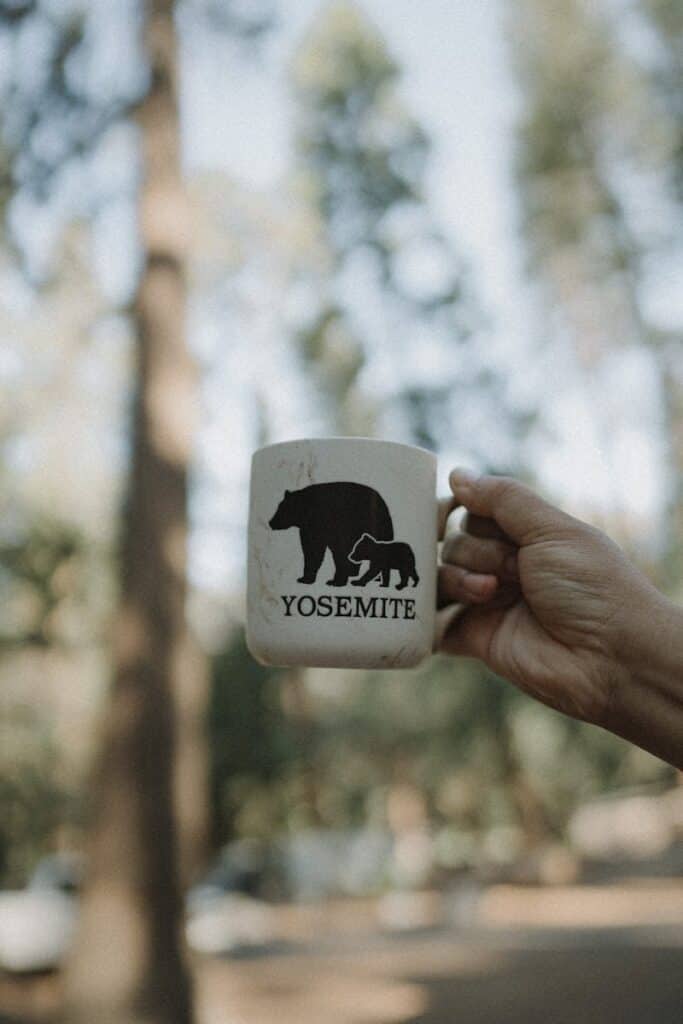
Bears have long symbolized the wild, untamed nature of America’s vast landscapes. From the forests of the Pacific Northwest to the Appalachian Mountains, their presence serves as a reminder of the wilderness that once dominated the continent. This symbolism has influenced American identity, where the rugged frontier spirit is embodied by the bear’s indomitable nature.
Cultural Representation of Bears in Literature and Media
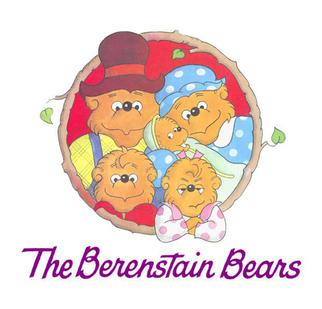
Beyond oral traditions, bears have been widely portrayed in American literature, art, and modern media. From the classic children’s story “The Berenstain Bears” to the beloved character Smokey Bear, these representations continue to shape public perceptions of bears. They balance the animal’s real-world characteristics with the imaginative qualities attributed to them by folklore.
Bear Symbolism in American Political Dialogue
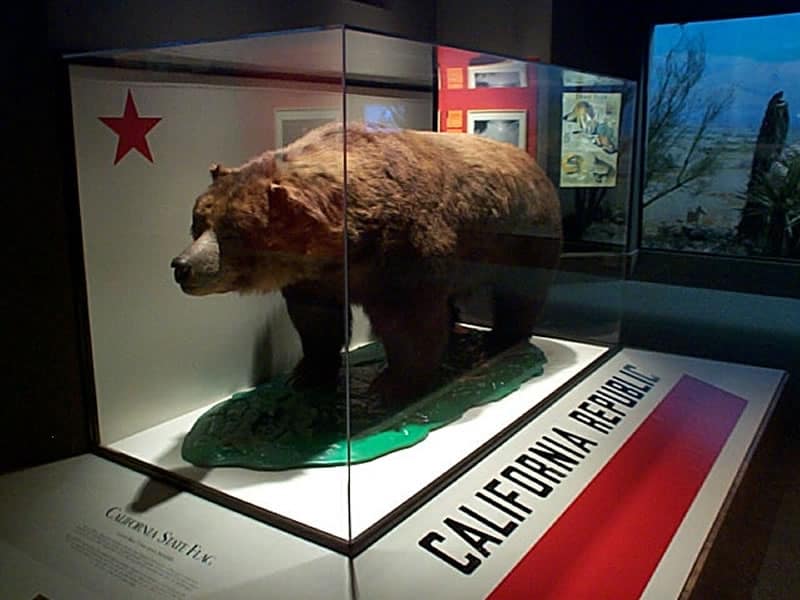
The image of the bear has even made its way into American political discourse. As a symbol of protective strength and defense, the bear is sometimes used to represent national tenacity and fortitude. Its usage in political cartoons and commentary highlights how deeply entrenched the bear remains as a cultural icon.
The Role of Bears in Native American Ceremonies
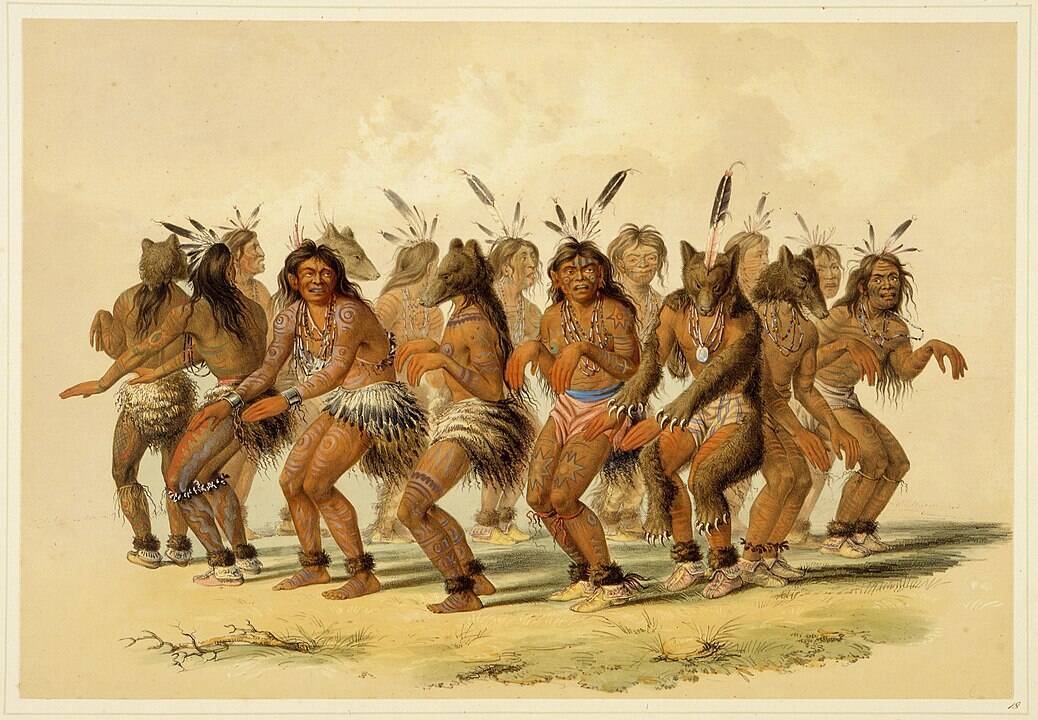
In Native American cultures, bears play critical roles in traditional ceremonies and rituals. Bear dances, for instance, are central to many tribes’ spiritual practices and are performed to honor the animal spirit. These ceremonies often involve songs, stories, and dances that reinforce communal bonds and spiritual beliefs, further enhancing the bear’s sacred status.
Folklore Influence on Conservation Efforts
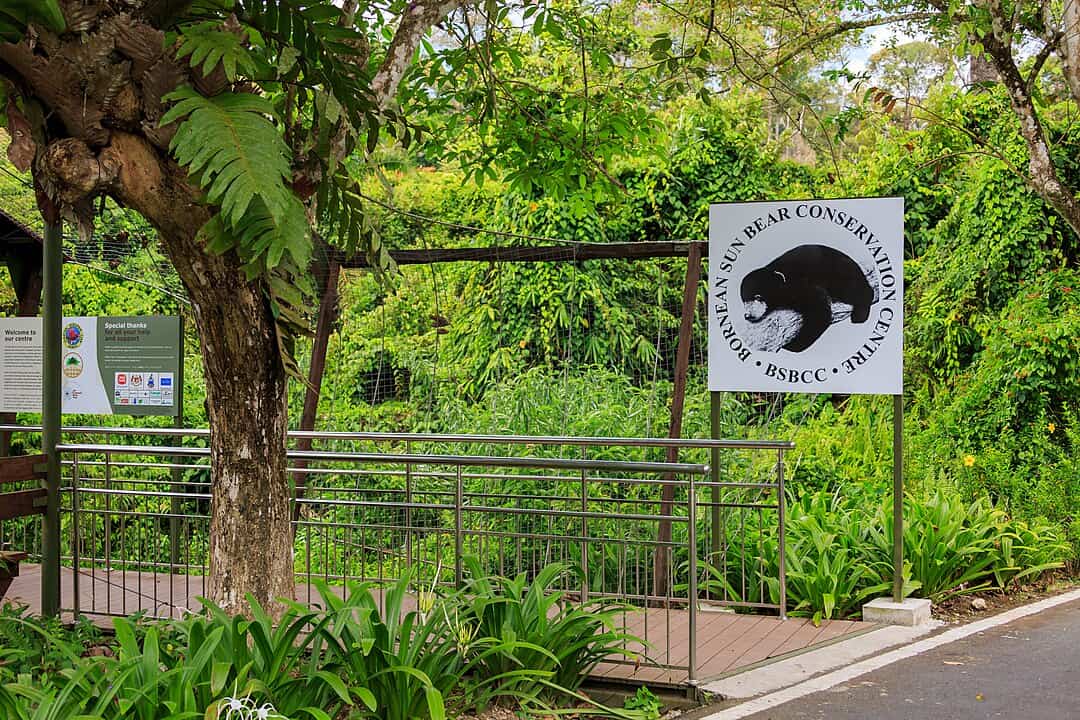
Folklore has significantly influenced contemporary conservation efforts by fostering a cultural appreciation for bears and their natural habitats. Through tales that emphasize the bear’s importance to ecosystems, advocacy for wildlife protection has found greater resonance with the public, aligning conservation goals with cultural values.
Interpretations of Bears in Modern American Folklore
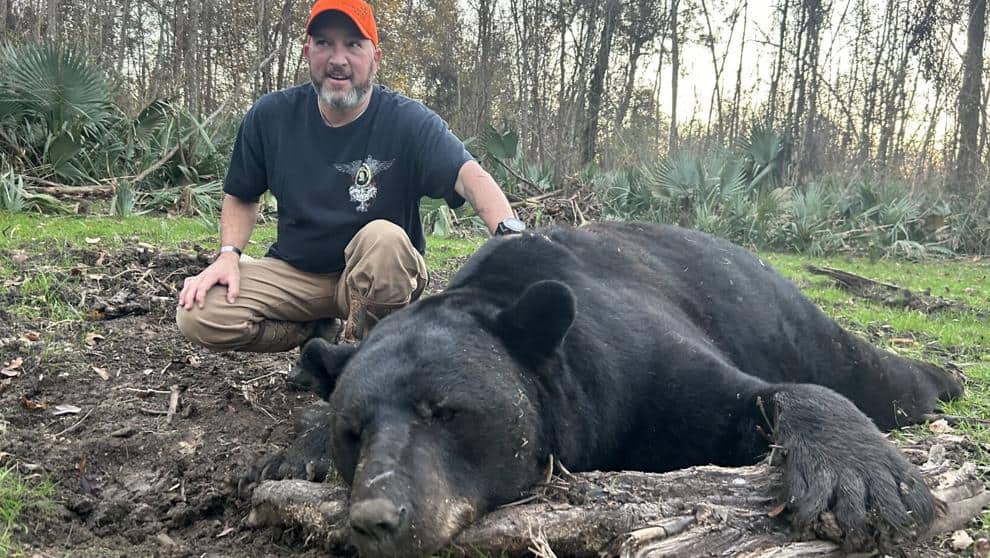
The portrayal of bears in modern folklore reflects the changing landscape of American society. While traditional stories still hold sway, new narratives are emerging that reframe the bear’s role in light of contemporary ecological challenges and cultural shifts. Today’s folklore increasingly acknowledges the complex balance between respecting wildlife and managing human-bear interactions.
Bear Legends in Regional Folklore Across the US

From region to region, bear legends have distinct flavors that reflect local topography and cultural influences. The black bear of the Appalachians, the grizzly of the Rockies, and the spirit bears of the Pacific Northwest all appear in tales that highlight regional identity, connecting people to their local landscape and wildlife.
Challenges in Separating Myth from Reality

One of the ongoing challenges in understanding the role of bears in folklore is differentiating between myth and reality. While folklore offers a window into cultural values, it can also perpetuate misconceptions about bear behavior. Educating the public about the biological realities of bears, alongside their folkloric depictions, remains an important task for wildlife educators.
In American folklore, bears stand as mighty figures, revered and respected across time and space. They symbolize strength, courage, and the wild frontier, while also connecting us to spiritual and environmental insights. As we continue to tell bear tales, whether in traditional forms or new media, these stories not only entertain but also deepen our cultural and ecological understanding. The enduring legacy of bears in American folklore reminds us of the timeless bond between humans and the natural world.
- Why Bees Dance to Communicate Nectar Locations - August 10, 2025
- How Pacific Island Wildlife Is Adapting to Climate Change - August 10, 2025
- What It Takes to Care for a Panda in a U.S. Zoo - August 9, 2025

